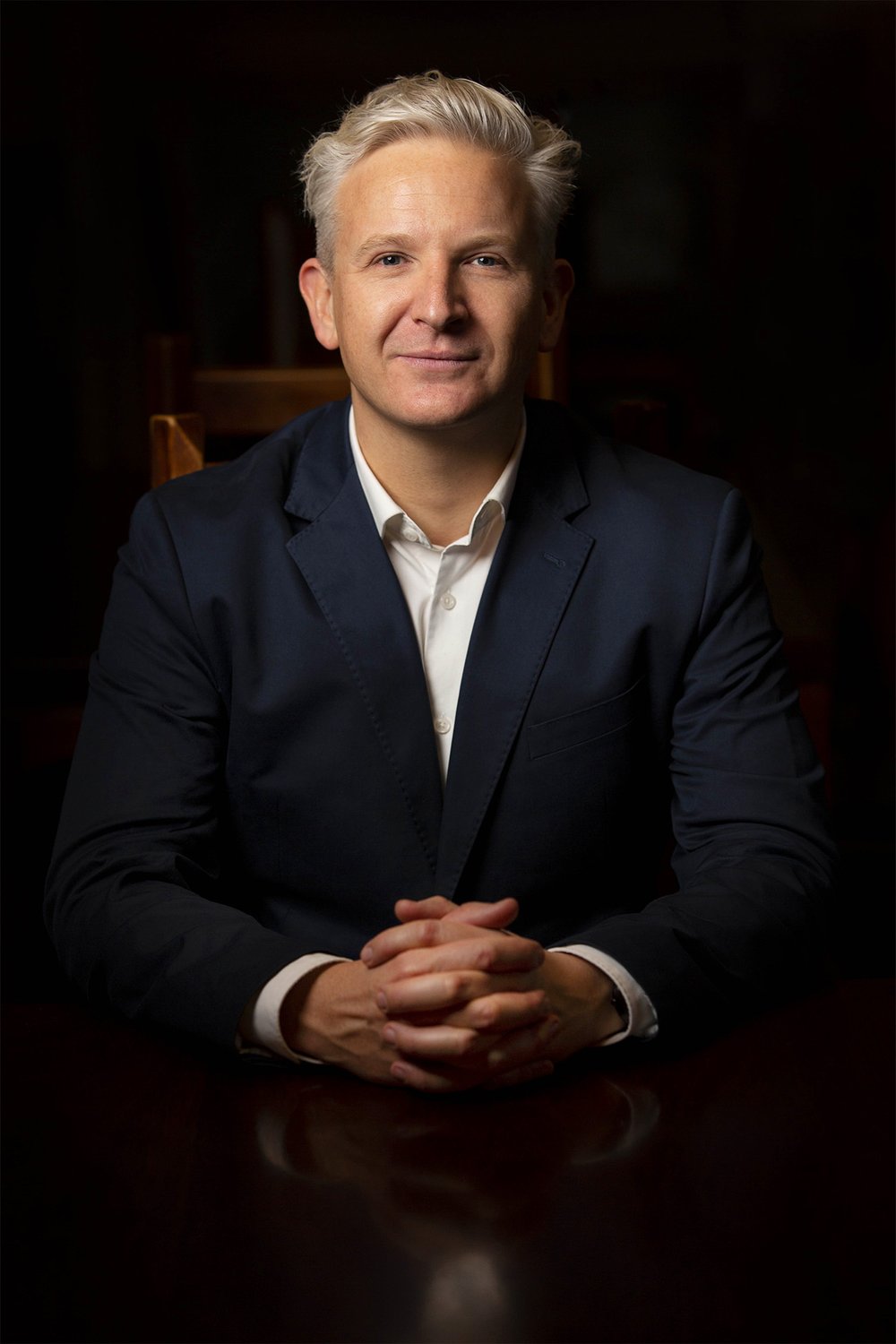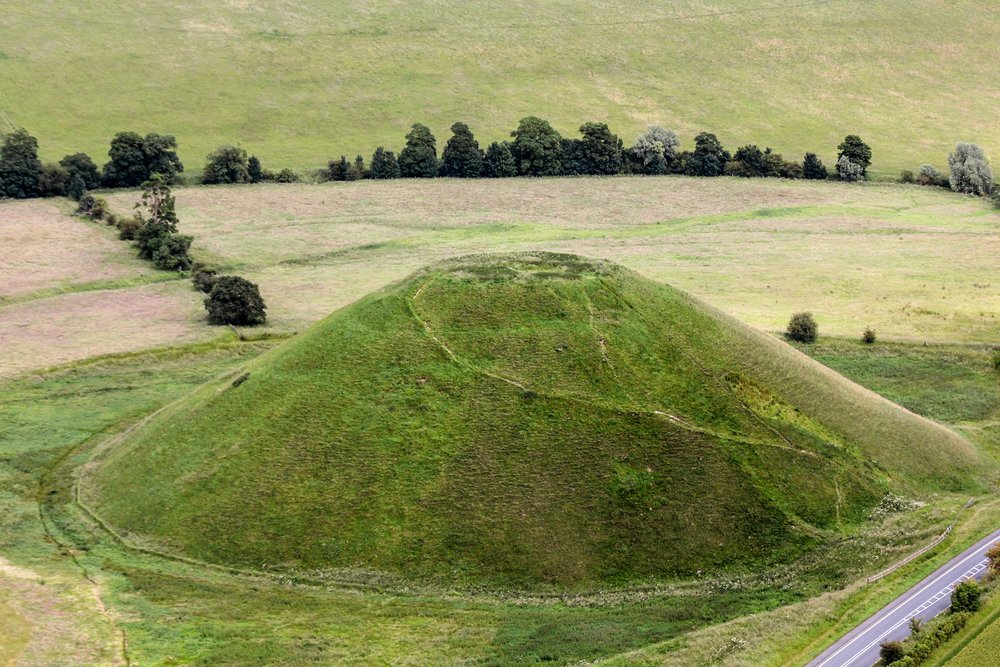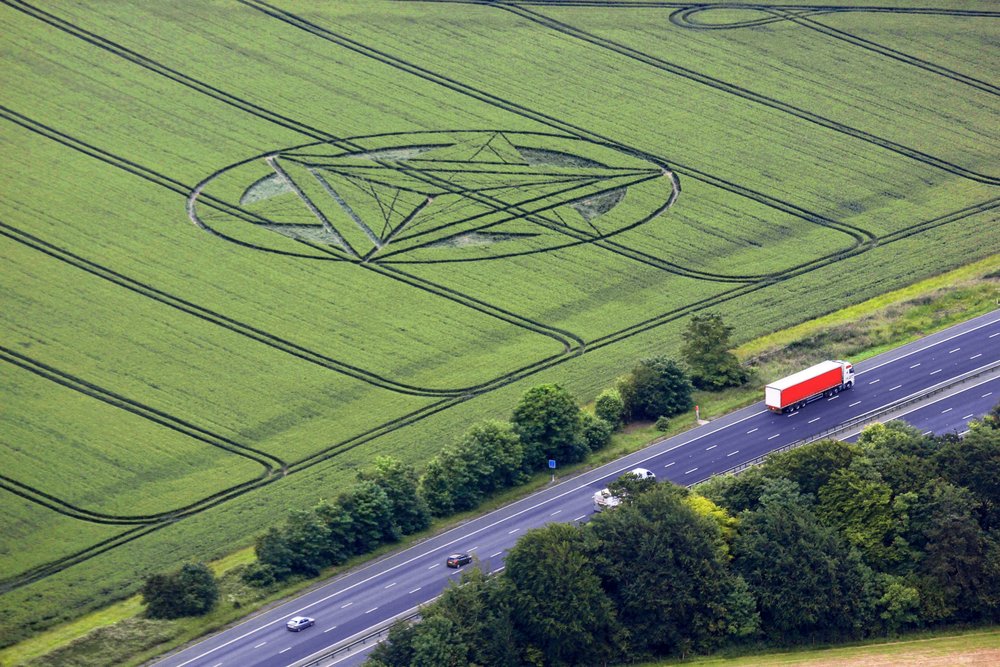D-Photo: Is there a gap in the market you feel this project is filling?
Emil McAvoy: Yes, I think so, but it may be more a matter of approach. The initiative isn’t motivated by an attempt to fill a perceived or real gap, but rather a feeling that I could make a contribution to the field at this time. I’ve spent a lot of time reading, writing, and teaching on photography — and exhibiting my own photographs — over the last few years, and recently it felt like a natural progression, though not one I ever anticipated.
An opportunity arose with Skar Image Lab earlier this year in connection with some curatorial ideas I had been working on. This iteration of the project emerged through discussion with Sanji Karu at Skar Image Lab over the course of several weeks while we were colour grading and printing a suite of my photographs for a show at The Dowse Art Museum. Similarly, I was never an aspiring art writer; it just happened organically around 2014, and is now perhaps one of the things I’m most known for. I like following my curiosities when and where I can.
There is no dedicated project space, public or commercial gallery for contemporary art photography in Tamaki Makaurau. But there doesn’t necessarily need to be a physical space — things can get stale when they stick around too long. That’s one reason why PHOTO OP. is not a gallery or tied to one physical space, but rather is a platform for ideas and experiments. New projects can bring new energy and new ways of doing things.

Sanji also has a long-term vision for Skar as more of a community hub which can host events and develop diverse partnerships. Sanji is a genuine and generous guy, and really open to working with people across the sector.
In terms of gaps in the market, next year Skar’s own programme will host a number of exhibitions of what I would call ‘non-art photography’ — along with potential digital art and illustration — which PHOTO OP. is not involved in but is supportive of. There are a lack of strong exhibition opportunities for photographers whose practices function outside the art world — this may be of more interest to some D-Photo readers than PHOTO OP. itself. Skar’s programme will provide a good counterpoint to PHOTO OP.’s exclusive focus on art, and serve wider photography communities. If documentary, street, professional, or other photographers would like to pitch for a show next year through Skar, they should approach Skar directly.
How do you personally define ‘art photography’?
I find definitions can be divisive, misleading, and contradictory — particularly in art. Contemporary artists are increasingly working in modes such as documentary photography, for example — adopting, adapting, and repurposing them for their own ends; hence further blurring distinctions between art and other fields.
PHOTO OP. will solely exhibit artists with exhibition track records in art contexts, because that is my expertise and what I am passionate about.

Can you give us a glimpse into the line-up of artists you have secured for the first season?
I’m afraid I need to remain tight-lipped on that. The street-facing windows of a new venture are often papered over before the official opening so as not to ruin the surprise. Exhibitions and projects will be revealed in the lead-up to each release.
Other than lens-based art, what do you feel is the commonality between these artists; what is the curatorial glue that holds them together?
They perhaps share nothing inherently in common other than my interest in and engagement with their work. In that sense, I acknowledge my subjectivities and am comfortable with them, just as one has to own them as an art critic. This is particularly as PHOTO OP. is neither a public nor commercial gallery, so it is freer to develop projects based on factors like their conceptual and aesthetic merit and timeliness, for example, rather than other influences and constraints.
The exhibitions will be eclectic, and there will be no attempt to present the first season as a coherent whole, as I feel that could over-determine what might unfold through the process of exhibition making.
The exhibition venue is also modest in scale and I have a modest budget, so my primary focus is on supporting and shaping each exhibition to be the best it can be within the parameters that exist. With PHOTO OP., I am interested in showing a handful of projects that I hope audiences will also find interesting, innovative, and rewarding.
This first season of the project — which is expected to run until late 2022 — has been successfully crowdfunded. Congratulations! Do you see this as its ongoing financial model?
Good question. I’d like for projects like this to be able to support themselves in the future so as to ensure their ongoing viability. That said, I’m not making commercially driven decisions in terms of the exhibition programming. Some exhibitions will feature work for sale where appropriate and possible. Sales help everyone and keep things ticking over — and I believe we are all served by encouraging and supporting more diverse and adventurous art collecting in Aotearoa.
This is my first time crowdfunding and it’s been a rewarding and learning experience. It also builds communities of interest, partnerships, and valuable discussions.
I don’t feel like I can go back to those who have generously donated seed funding to the project with my hand out again any time soon. I’m really grateful for their support, and crowdfunding has its natural limits as part of the mix.
Other funding options, such as grants, exist and may be explored. These often tend to be tied to specific exhibition projects, and other funding parameters, and are seldom long term. I find things like this are never simple in that regard. Like living as a freelance creative, it’s a constant and precarious juggle. It’s a lot of hustle but really rewarding when things go well.

Do you see this as a test run for a longer-term, perhaps permanent, ‘something’? If so, what do you feel would be its ideal iteration?
PHOTO OP. is a project-based experiment with room to evolve and expand. In an environment that will be impacted by Covid and other instabilities for the foreseeable future, I’m not keen to invest in a traditional capital intensive bricks-and-mortar gallery model at the moment. It’s been interesting to reflect on numerous suggestions for over a year for me to start a dealer gallery, given my experience and skill set. As usual, I have some irons in the fire.
An ideal future iteration of PHOTO OP. would maintain a project-led basis — exhibiting good work for its own sake — but be empowered by a more robust and diversified funding base, alongside the synergies that come with partnerships and collaboration with others.
What can our readers expect from PHOTO OP. in the coming months?
An eclectic, unique, considered, and responsive mix of exhibitions and associated writing. They can also expect a playfully critical approach in line with my own artwork and writing, and of course the PHOTO OP. brand, which makes a similarly playful critical reference to photography’s long-standing complicity in self-promotion.
While the exhibitions won’t please everyone — that’s OK; they can’t and don’t have to — I hope that people will feel the energy of my considerable investment in projects I believe in, alongside the investment of participating artists, key partners, and others involved.
In due course, there will be a website and selected online exhibitions. I am keen to develop exhibitions in other parts of the country, too.
Having spent years working in a number of public and dealer galleries, a welcoming environment for visitors is also personally important to me. I will be gallery sitting most Saturdays for the rest of the year — the gallery is only open Saturdays 11am–2pm. Drop in!
We look forward to hosting you at Skar Image Lab from 3 June onwards for the first exhibition in association with the Auckland Festival of Photography. The opening is Friday, 3 June, 5-7pm. The gallery is open Saturdays 11am–2pm.
Skar Image Lab, 1 New Bond Street, Kingsland, Auckland, skarimagelab.co.nz
Copyright © 2025 Federico Monsalve Limited. All rights reserved.